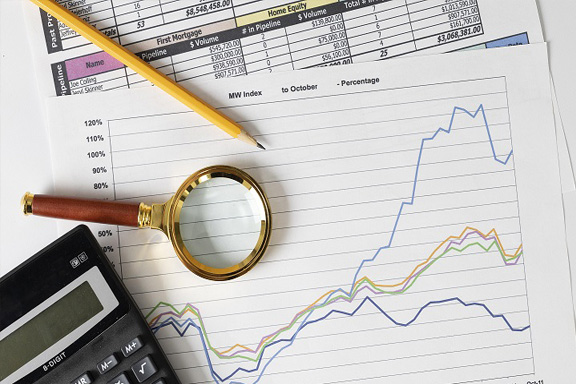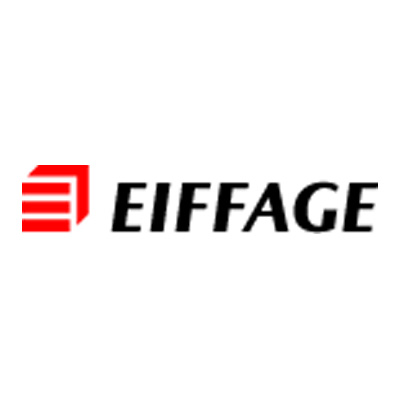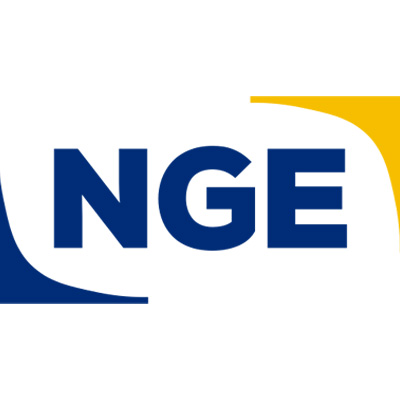
INFRASTRUCTURE MONITOR 2024 : Global trends in private investment in infrastructure
Mai 2025
PPIAF, Public-Private Infrastructure Advisory Facility du Groupe de la Banque Mondiale (164 pages).
Global private investment in infrastructure projects in primary markets rose notably in nominal terms in 2023, increasing by 10 percent. The majority of this growth took place in developed markets, while low- and middle-income countries (LMICs) experienced a slight decline. This marks a continuation of strong post-pandemic growth, with investment levels significantly higher than the five-year average (2018-2022).
However, infrastructure delivery costs have increased significantly in the meantime — potentially 10 percent above inflation based on the construction cost index across G20 countries — necessitating a cautious interpretation of the trend especially for greenfield projects.
Meanwhile, secondary market investments declined by 17 percent in 2023, largely due to reduced acquisition activity, a reflection of the impact of higher interest rates on asset valuations. The share of LMIC countries for secondary market continued to decrease slightly and only represented around 12 percent of the global volumes. Preliminary data for 2024 indicates some significant rebound for secondary activities as many central banks globally initiated interest rate cuts, driven by declining inflationary pressures.
PPIAF, Public-Private Infrastructure Advisory Facility du Groupe de la Banque Mondiale (164 pages).
Global private investment in infrastructure projects in primary markets rose notably in nominal terms in 2023, increasing by 10 percent. The majority of this growth took place in developed markets, while low- and middle-income countries (LMICs) experienced a slight decline. This marks a continuation of strong post-pandemic growth, with investment levels significantly higher than the five-year average (2018-2022).
However, infrastructure delivery costs have increased significantly in the meantime — potentially 10 percent above inflation based on the construction cost index across G20 countries — necessitating a cautious interpretation of the trend especially for greenfield projects.
Meanwhile, secondary market investments declined by 17 percent in 2023, largely due to reduced acquisition activity, a reflection of the impact of higher interest rates on asset valuations. The share of LMIC countries for secondary market continued to decrease slightly and only represented around 12 percent of the global volumes. Preliminary data for 2024 indicates some significant rebound for secondary activities as many central banks globally initiated interest rate cuts, driven by declining inflationary pressures.

















